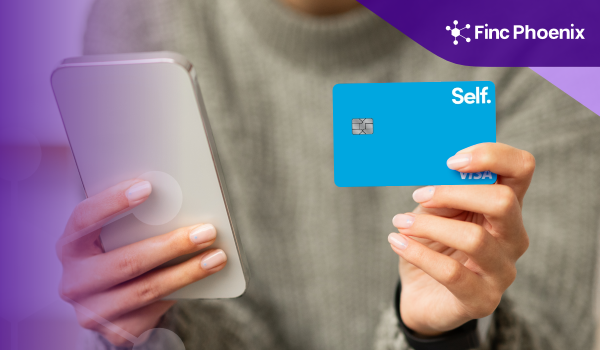
The Self credit-building platform, which includes the Credit Builder Account and the subsequent Self Secured Visa Credit Card, is a noteworthy case study in financial product design. It was engineered to solve a specific and persistent problem in the U.S. consumer credit market: the “credit catch-22,” where individuals need a credit history to get credit, but cannot get credit without a prior history. This review provides a detailed analysis of the platform’s architecture, its two-phase user journey, and the specific design choices made to address the pain points of its target user.
Instead of modifying an existing product type, Self created an integrated system that guides a user through two distinct forms of credit building—installment and revolving. The platform’s value is not in traditional rewards or perks, but in its methodical, purpose-built design aimed at a single, clear objective: generating a positive credit file for individuals starting from a disadvantaged position.
Analysis of the Feature Set
- Frictionless Onboarding (No Hard Inquiry): The entire system can be accessed without a hard credit pull. This is a deliberate design choice to maximize accessibility and reduce the user’s anxiety during the signup process, as a hard inquiry can temporarily lower a credit score.
- Tri-Bureau Data Output: The system’s primary “deliverable” is consistent, positive payment data. This data is reported to all three major U.S. credit bureaus (Equifax®, Experian®, and TransUnion®), ensuring the user’s new credit history is comprehensive and widely visible.
- Dual-Type Credit Reporting: The system’s architecture is specifically designed to generate two different types of tradelines (installment and revolving) on a user’s credit report. This helps build a diverse credit mix, which is a positive factor in credit scoring algorithms like FICO®.
- Transparent Cost Structure: The costs of the system are clearly defined. The Credit Builder Account has a one-time, non-refundable $9 administrative fee and a stated interest rate on the loan. The Secured Visa® Card has a $25 annual fee. This transparency allows a user to accurately calculate the total cost of using the service.
Who Can Apply: Eligibility Criteria
- You must be at least 18 years of age.
- You must be a U.S. resident with a valid physical address and a Social Security Number (SSN) or ITIN.
- You must have a bank account, debit card, or prepaid card to make payments.
- You must pass identity verification.
How to Apply: The User Journey
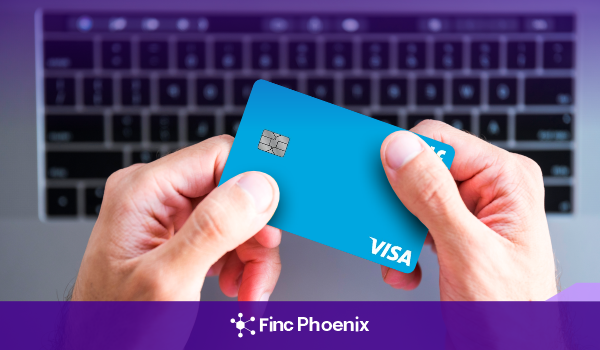
The user journey is a clear, step-by-step process managed through the Self website or app.
- Enrollment: The user begins by applying for a Credit Builder Account. They choose a plan that dictates their monthly payment and loan term.
- Establishment of Payment History: The user makes on-time monthly payments for a minimum of three months.
- Unlocking the Card Feature: Once eligible, the user is presented with the option to get the Secured Visa® Card within their account dashboard.
- Configuration and Activation: The user chooses their desired credit limit by allocating a portion of their savings progress. After agreeing to the terms, the card is mailed.
Technical & Operational FAQs
- What is the underlying financial mechanism of the Credit Builder Account?
It is a Certificate of Deposit-secured loan. The loan is extended by one of Self’s partner banks, and the loan amount is immediately placed into a new CD in your name, which serves as collateral. Your monthly payments pay down the loan balance. - From a product design perspective, why is the system separated into two phases?
The two-phase design is a risk-management and behavioral-training feature. It requires the user to first demonstrate a consistent, positive payment history with a simple installment loan (a lower-risk product for the lender). This successful performance then acts as a positive signal, de-risking the user and justifying their eligibility for the revolving credit card module. - What are the system’s primary design trade-offs?
The main trade-off is the lack of a traditional rewards program and a formal graduation path to an unsecured card. The product’s design prioritizes accessibility (no hard pull, no upfront deposit) and safety over long-term perks. The system is designed as a credit-building incubator, with the expectation that the user will “graduate” to a prime rewards card from another issuer once their credit is established. - How does the system handle an early account closure?
If a user closes their Credit Builder Account before the term is complete, they will be charged an early withdrawal fee. The remaining principal they have paid into the CD will be returned to them. This action would report the loan as “closed by consumer” and would stop the process of building a longer payment history with that account.

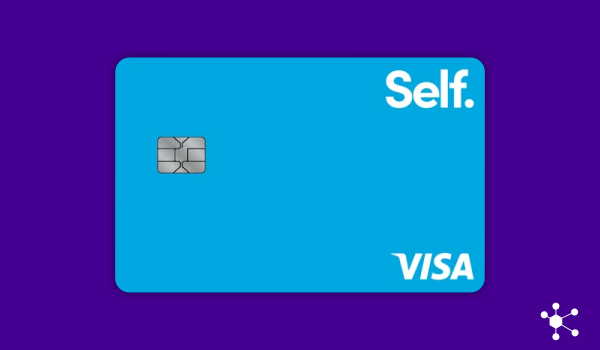
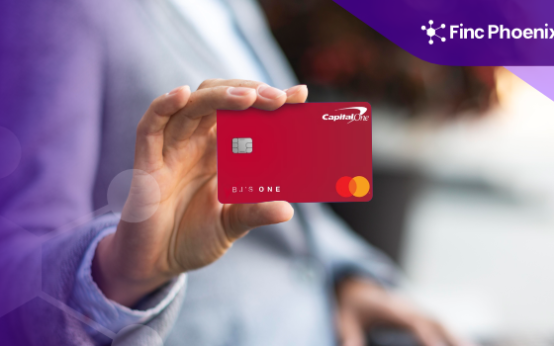 BJ’s One Mastercard Review <p class='sec-title' style='line-height: normal; font-weight: normal;font-size: 16px !important; text-align: left;margin-top: 8px;margin-bottom: 0px !important;'>Earn 3% back at BJ’s & get fuel discounts—plus 1.5% on other purchases, no yearly fee.</p>
BJ’s One Mastercard Review <p class='sec-title' style='line-height: normal; font-weight: normal;font-size: 16px !important; text-align: left;margin-top: 8px;margin-bottom: 0px !important;'>Earn 3% back at BJ’s & get fuel discounts—plus 1.5% on other purchases, no yearly fee.</p> 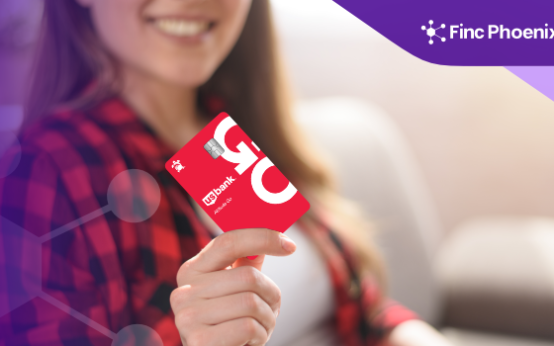 U.S. Bank Altitude Go Secured Visa Review <p class='sec-title' style='line-height: normal; font-weight: normal;font-size: 16px !important; text-align: left;margin-top: 8px;margin-bottom: 0px !important;'>Earn up to 4X points as you rebuild credit—no annual fee & streaming bonus included.</p>
U.S. Bank Altitude Go Secured Visa Review <p class='sec-title' style='line-height: normal; font-weight: normal;font-size: 16px !important; text-align: left;margin-top: 8px;margin-bottom: 0px !important;'>Earn up to 4X points as you rebuild credit—no annual fee & streaming bonus included.</p> 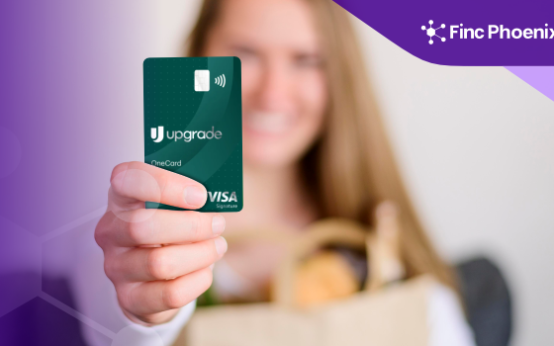 Upgrade OneCard Review <p class='sec-title' style='line-height: normal; font-weight: normal;font-size: 16px !important; text-align: left;margin-top: 8px;margin-bottom: 0px !important;'>Earn up to 3% cash back, choose Pay Now or Pay Later, no annual fee — one card for all.</p>
Upgrade OneCard Review <p class='sec-title' style='line-height: normal; font-weight: normal;font-size: 16px !important; text-align: left;margin-top: 8px;margin-bottom: 0px !important;'>Earn up to 3% cash back, choose Pay Now or Pay Later, no annual fee — one card for all.</p>